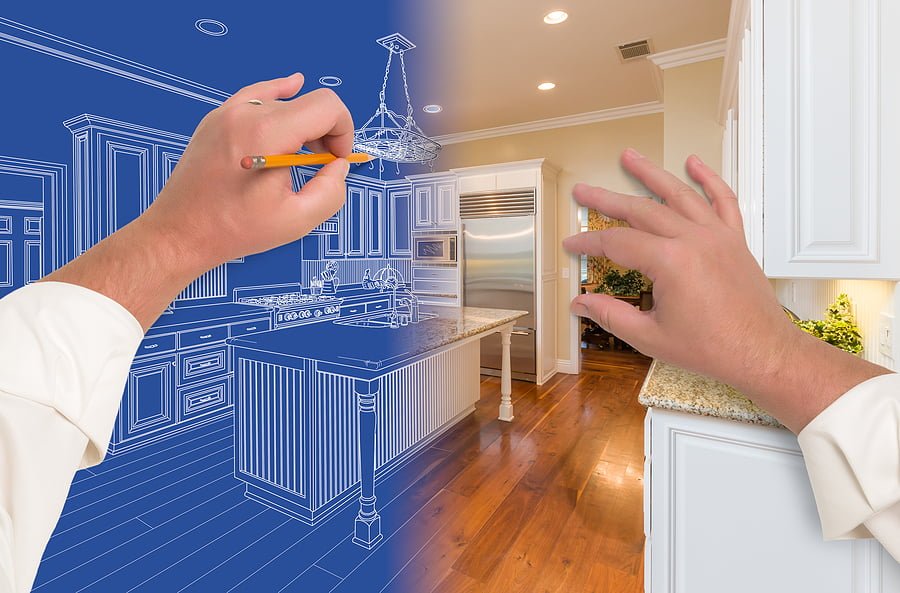
How Can Kitchens Be Made Safer For Older People?
Being able to carry out tasks in the kitchen safely and effectively is one of the cornerstones of independent living. Many of us take these skills for granted, as we learned them at an early age and do them automatically. However, for elderly and disabled people who wish to remain in their own homes, the kitchen can present many difficulties.
What is the best way to make a kitchen a safe and user-friendly environment for people with limited mobility? Here is a guide to a range of aids, adjustments and appliances that may help users to care for themselves safely and confidently at home.
What to consider when buying a cooker
The cooker is one of the most hazardous appliances in the kitchen, but being able to prepare hot food independently is essential to remaining happy and healthy. Therefore, it’s important to choose one with user-friendly features.
Gas hobs are not recommended for accessible kitchens, because the open flame poses too much of a risk. Induction hobs which only heat up when a pan is placed on them, as opposed to ceramic hobs, are considered safest. For wheelchair users, the hob should be at an accessible height.
Other useful features to look out for include large visual displays which are easy to read, and large controls sited on the front of the hob, which don’t heat up when the appliance is in use. If the user has difficulty manipulating the knobs, then turning devices with large handles can be attached to them to give extra maneuverability.
Other appliances
Microwave ovens are simple to operate and can be very useful if operating a hob and main oven is too difficult. Dishwashers are also good for those who find washing up manually difficult and time consuming.
Accessible kitchens should always be fitted with smoke detectors, carbon monoxide detectors, and flood alarms to alert the user to overflowing water.
Adjustable worktops
In multiple-occupancy homes, adjustable height worktops, which can be automatically moved up or down to a comfortable height for the user, are a great way to make the kitchen inclusive to all users. In single-occupancy households, it may be more practical to have the worktops at a fixed height for a wheelchair user, for example.
When designing a kitchen for a wheelchair occupant, leg space must be accommodated under the countertop, and under the sink. An L space, where the user can easily move between the sink, hob, and fridge, is ideal, and also makes effective use of space in smaller kitchens.
Countertops should be made from a durable heat-resistant material, and have raised lips at the edge, to minimise the risk of spills and splashes.
Accessible storage
Storage is a particular challenge in accessible kitchens, because cupboards under the countertop obstruct leg space for wheelchair users, while wall mounted units are out of reach. A common solution is to install pull down baskets with easy-grip handles, and pull-out floor mounted cupboards, so the user does not have to stretch into the interior.
If you need accessible kitchens in Reading, talk to us today.

